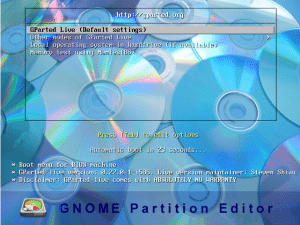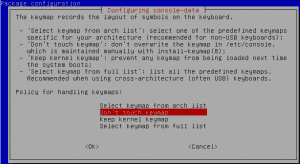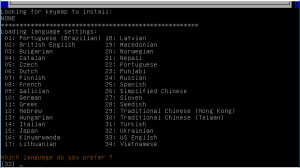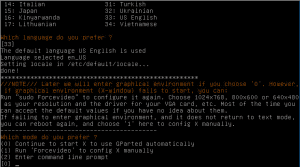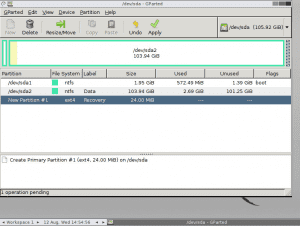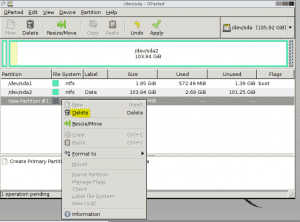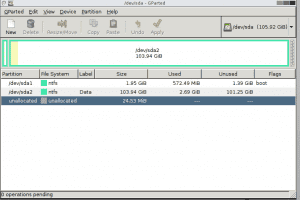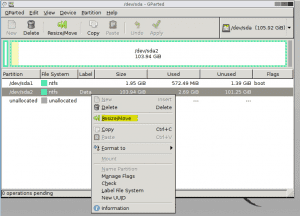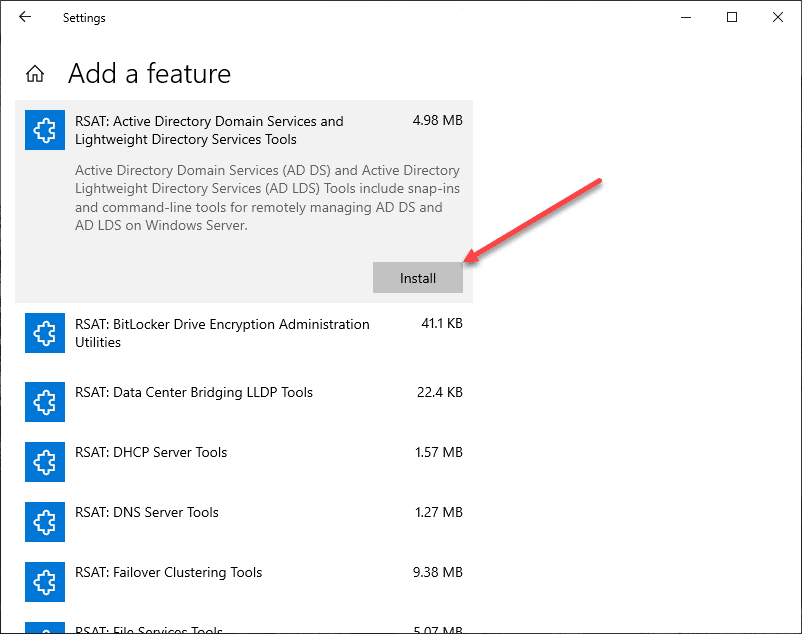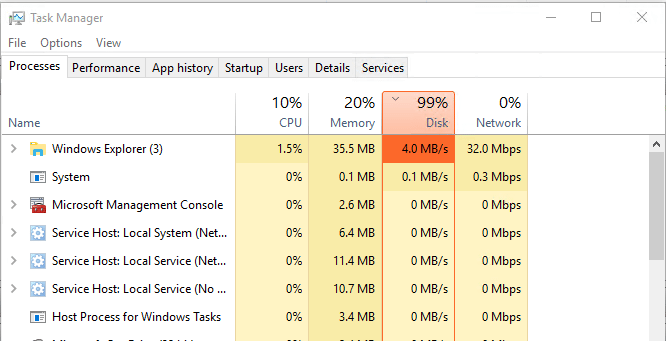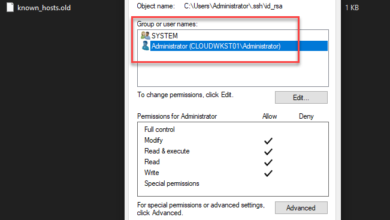Delete the Recovery partition Windows 10
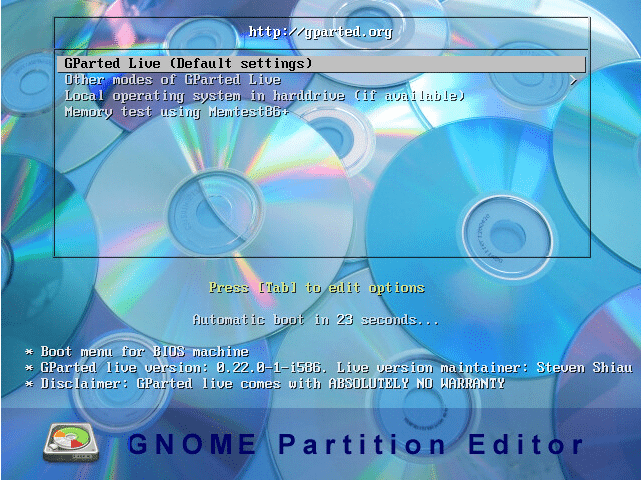
Recently, in helping a buddy out with his Mac running Parallels and Windows 10 inside there – he was having an issue where he had added space to his OS drive. He had added raw space to the VM itself, however, the extra space being added was simply being appended to the “Recovery” Partition which he didn’t care to keep.
When looking at the partition in Disk Management in Windows 10, the only option when you right-clicked the partion was “Help” – which frankly was not very helpful! In comes a handy little tool – GParted. The best part about GParted as well is that it is free.
With GParted, you have a very intuitive interface to both delete partitions as well as resize partitions on the fly. In my testing with Windows 10 this works very well. I didn’t have the Windows 10 machine at my fingertips to show you the exact machine, but I have simulated this process in a VM below.
A word of caution – Editing or playing around with your paritions can be dangerous! Always make sure you have a backup or rollback plan in case something goes wrong. You can easily lose data if not performed correctly.
Booting GParted
GParted is a small sized ISO (200+ MB) that you can either burn to a CD or with virtual environments of course most easily you can mount the ISO in your hypervisor of choice and boot into the Live CD environment that way.
Once the ISO gets fully booted, GParted should luanch automatically and you will see the details of all your drive and partitions.
As you can see here, we can delete the recovery partition inside of GParted which is something we can’t do with Disk Management. You can use diskpart to do this as we will detail below, but with GParted, it gives you a GUI management utility to work with.
Now we see the extra free space we have.
In most cases at this point, you can Resize your partition to include the extra space, after you freed up the space being used by the Recovery partition.
After you resize your partition, you need to click the Apply button at the top which will apply the pending operations and make the changes permanent.
Diskpart
If you are comfortable working with a commandline utility, you can use diskpart to select and delete the recovery partition.
Open diskpart in an administrative command prompt. Select your disk which is typically 0 if one or more than one. Select disk x list partition Select partition x delete partition override
Final Thoughts
If you would like to utilize the extra space on your drive that is held by the Recovery partition, this can easily be done by using the GUI utility – GParted or by diskpart with the command line. Either should be as effective, depending on which you are comfortable with.


